How the Revolutionary Thinker Alexander von Humboldt Helped to Create the Smithsonian
The 19th-century polymath continues to influence the Institution’s research; a major Smithsonian exhibition explains how and why
:focal(800x540:801x541)/https://tf-cmsv2-smithsonianmag-media.s3.amazonaws.com/filer/35/5e/355eb1eb-d279-49d7-8bdd-dd8d90081e07/smithson_and_humboldt.jpg)
For the last five years, Ximena Velez-Zuazo has been monitoring the playful antics of a colony of Humboldt penguins living on a breakwater off the central coast of Peru. The embankment was built to diffuse the energy of the waves to protect the coastline, but quite unexpectedly, Velez-Zuazo says, it became home to a thriving colony of Humboldt penguins. Because this species is endangered in Peru, finding colonies that are doing well is critical for increasing their chances of survival. According to Velez-Zuazo, Humboldt penguins typically reproduce either once or twice a year and lay one or two eggs each time, depending on the health of the colony. On this artificial reef, she says, “we're truly surprised and very happy to report nesting activity twice a year and that the penguins are laying two eggs. And now they're becoming a solid colony of over a thousand penguins.”
Velez-Zuazo is the marine managing director of the Biodiversity Monitoring and Assessment Program at the Smithsonian Conservation and Biology Institute’s Center of Conservation and Sustainability. The penguin she studies and the habitat where they live, the Humboldt Current, which runs along the coast of Chile and Peru, are named after the 19th-century Prussian naturalist and explorer Alexander von Humboldt, who is credited as the first person to see and report these penguins in Lima in the early 1800s.
At the Smithsonian American Art Museum (SAAM) in Washington, D.C., Humboldt, a great influencer of American art and cultural identity, is the subject of the special exhibition “Alexander von Humboldt and the United States: Art, Nature, and Culture,” which goes on view September 18 when the museum reopens after being shuttered for the past 20 weeks due to the global pandemic.
Between the 1820s and 1850s the charismatic von Humboldt wrote more than 36 books and 25,000 letters to his friends, prominent scholars, artists, writers and scientists around the globe. He was a world traveler, having set foot on four continents, a progressive thinker who defended the autonomy of America’s Native populations and as a staunch abolitionist, condemned the country’s original sin of slavery. He was an exemplary scholar of true Democracy and gave full-throated support to the great American experiment of self-governance. By the time he died in 1859 at the age of 89, his scholarship in astronomy, botany, geology, mineralogy and zoology would seal his credentials as one of the Age of Enlightenment’s brightest minds. His scientific endeavors and intellectual pursuits formed a legacy that through the twists and turns of international influence lead a pathway straight to the founding in 1846 of the Smithsonian Institution. The organization would become a national repository for the collection of specimens, artifacts and artworks; and its scientists, researchers, historians, curators and educators would advance the Institution's mission to “increase and diffuse knowledge.”
“Here at the modern-day Smithsonian, men and women continue to study across the breadth and depth of every branch of knowledge that Alexander von Humboldt pursued,” says senior curator Eleanor Jones Harvey, who created the exhibition. “The Smithsonian has art museums, science museums, history museums, cultural museums, libraries, archives, observatories, conservation and biological centers, all founded on Humboldt’s principles.” While the name Smithsonian evokes the postcard image of the red sandstone Castle building and the handful of nearby museums and galleries that line the National Mall in Washington, D.C., in fact, the Institution is a global influencer with outposts in hundreds of states around the U.S. and countries around the world.
The Smithsonian’s global reach, from coordinating maritime archeology throughout the African diaspora, to monitoring forests in 27 countries, to learning from indigenous communities in the Arctic, to studying penguins in Peru demonstrates Humboldt’s continued relevance. SAAM’s exhibition features nearly a dozen experts from across today’s Smithsonian whose work can be linked back to Humboldt. A series of audio interviews, accompanied by captivating in-the-field photographs, plays on a large-scale looping projection.
Notably, the projection also expands the story being told in the exhibition by incorporating numerous voices that would have been largely excluded in Humboldt’s day, when science, art, exploration, scholarship, and the public sphere writ large fell under the purview of affluent white men.
Along with Ximena Velez-Zuazo, the biologist studying Humboldt penguins, the projection features forester and ecologist Kristina Anderson-Teixeira, geologist Liz Cottrell, science educator and graphic artist Sofia Elian and historian Mary Elliott.
As a fierce abolitionist, Humboldt’s writings over the first half of the 19th century included repeated, forceful denunciations of slavery, which he called “the most important evil which afflicts humanity.” Leading abolitionist newspapers like Frederick Douglass’s North Star and William Lloyd Garrison’s The Liberator published Humboldt’s letters on this subject. Humboldt’s insistence of the innate equality of all people refuted white supremacy in all its manifestations: “we also reject the disagreeable assumption of superior and inferior peoples. . . there are no races which are more noble than others. All are equally entitled to freedom,” Humboldt wrote in 1845.
Highlighting the humanity of enslaved people is inherent in the work of Mary Elliott, a curator at the Smithsonian’s National Museum of African American History and Culture, who is on the International Leadership Team of the Slave Wrecks Project (SWP), a network of researchers and institutions that looks at the global story of slavery through maritime archeology. The SWP searches for the wreckage of ships that carried enslaved Africans during the transatlantic slave trade, literally bringing this history to the surface. Elliott leads the project’s efforts in Africatown, Alabama, and in Saint Croix, one of the U.S. Virgin Islands, and works closely with their local communities. “Whether it’s getting people to dig in the dirt, to dive underwater, to look at artifacts, or to do public programming, all of that comes together to really help people think more deeply about this history and understand why it matters,” says Elliott.
Alexander von Humboldt believed in the interconnectedness of all living things, a radical concept he called the “unity of nature.” He was one of the first to identify the negative impact that humans can have on the environment, pinpointing links between deforestation and climate change as early as 1800. Work like this is carried on by Kristina Anderson-Teixeira, a forest ecologist at the Smithsonian Conservation Biology Institute with a joint appointment at the Smithsonian Tropical Research Institute in Panama, and the leader of the Ecosystems and Climate Program for the ForestGEO network.
“ForestGEO stands for Forest Global Earth Observatory,” says Anderson-Teixeira, “and we are a global collaboration of researchers studying forests all over the world. We currently have 69 sites in 27 countries, and in total we monitor more than 6 million trees.” What, exactly, does it mean to monitor a tree? "We go to every tree in that forest larger than one-centimeter diameter breast height, so a little larger than your thumb. Those stems are all marked, mapped and identified to species. And then we come back every five years and record which ones have died or newly recruited, and we remeasure the diameters.” These efforts yield critical information about our planet and its future. “Forests are incredibly important for regulating the Earth's climate. ForestGEO allows us to not only understand forests and how they're changing, but how we can best conserve them and use them to help protect Earth's climate system in the coming decades,” says Anderson-Teixeira.
Humboldt’s quest to understand our planet did not stop at its surface—he traced Earth’s history down to its core. At the turn of the 19th century, Humboldt embarked on a five-year expedition of South America. He was particularly drawn to the volcanic chain of mountains in the Andes, home to all of the highest volcanoes in the world. As Eleanor Harvey notes, Humboldt’s “exuberant descriptions of smoking and rumbling volcanoes lent an air of excitement to his scientific observations.” From these observations, Humboldt formulated a theory about the connection between volcanic and seismic activity, “beginning to discern what would later become the theory of plate tectonics,” adds Harvey.
Liz Cottrell, a geologist at the National Museum of Natural History, studies volcanic rocks and works with the Global Volcanism Program, which keeps track of the names, locations and eruption histories of all of the volcanoes on the planet. Like Humboldt, Cottrell is “interested in the earth under the volcano—way, way under the volcano,” she explains. “Humans have no way of getting that deep. We rely on volcanoes to bring us rocks from the interior of the planet. I travel to volcanoes to get the samples that volcanoes are bringing to the surface. I can bring them back to the Smithsonian and do analysis to understand how our planet works.”
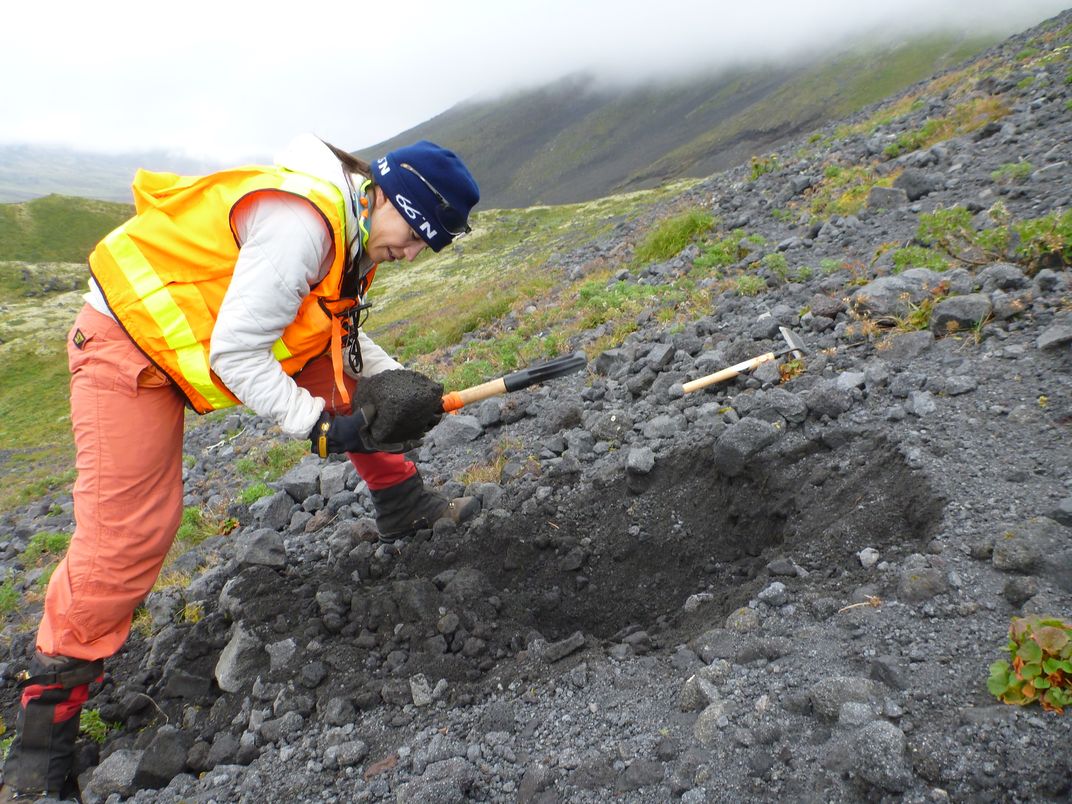
Just like Cottrell, Anderson-Teixeira, and Velez-Zuazo, Humboldt studied the planet’s geology and ecosystems by putting himself in the field. Humboldt conveyed his scientific observations using data visualization that was groundbreaking for his time. His Naturgemälde, a map detailing plant geography at various elevations, has been called the very first infographic. Sofia Elian is a graphic designer and artist at the Smithsonian Science Education Center who, like Humboldt, communicates scientific concepts through art, creating illustrations for projects like the Smithsonian Science for the Classroom program.
“I work with curriculum developers on scientific illustrations, taking science and interpreting it for younger students to understand,” Elian explains. “As a graphic designer, it’s kind of a large umbrella.” While she creates illustrations for various projects, including games and simulations, “I really like botanical illustration,” she says. “I'll go out to different gardens and draw the bees and flowers and trees.” Humboldt also crafted many botanical illustrations during his extensive travels, communicating the science he witnessed first-hand through art he created with his own hand.
When Humboldt traveled to England in 1790, he met a young chemist named James Smithson. The two spent time together later in Paris in 1814 and Smithson joined Humboldt’s global network of revolutionary thinkers trying to live up to the lofty goals of growing and disseminating knowledge as a practice of the age of enlightenment. Upon his death, Americans were pleased to learn that Smithson’s will gifted his considerable fortunes “to found at Washington, an institution for the increase and diffusion of knowledge.”
Alexander von Humboldt and the United States: Art, Nature, and Culture is on view at the Smithsonian American Art Museum September 18, 2020 through January 3, 2021. For admission to the museum, visitors must sign up for free, timed entry passes. The Smithsonian is amplifying women’s stories and accomplishments with support from the Smithsonian American Women’s History Initiative.
/https://tf-cmsv2-smithsonianmag-media.s3.amazonaws.com/accounts/headshot/Anne-Showalter.jpg)
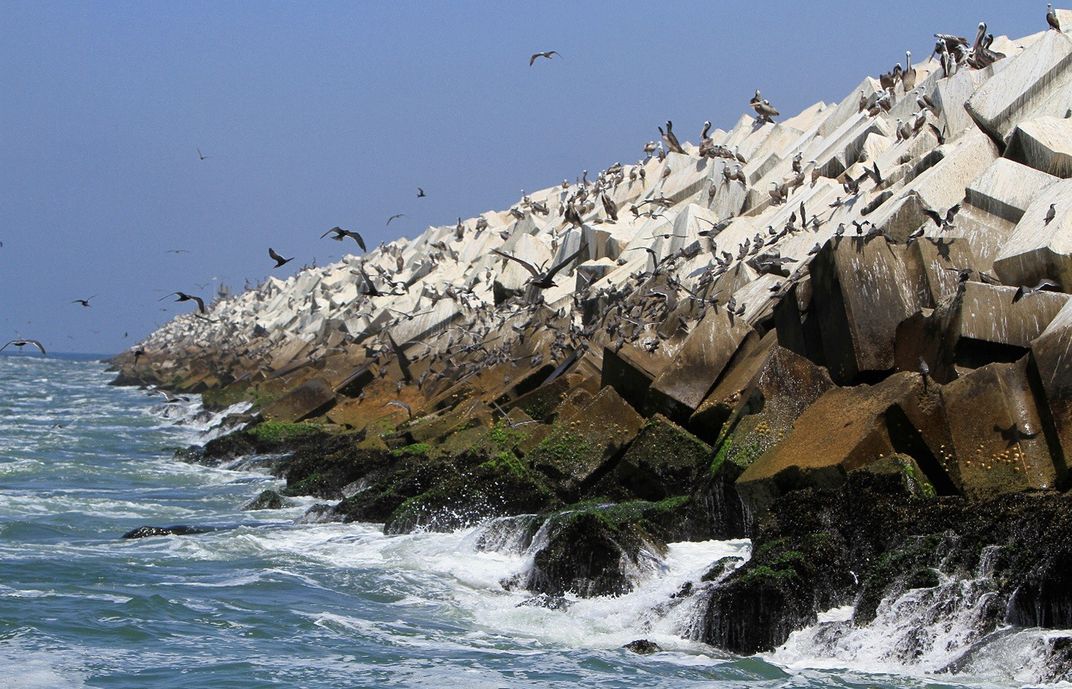

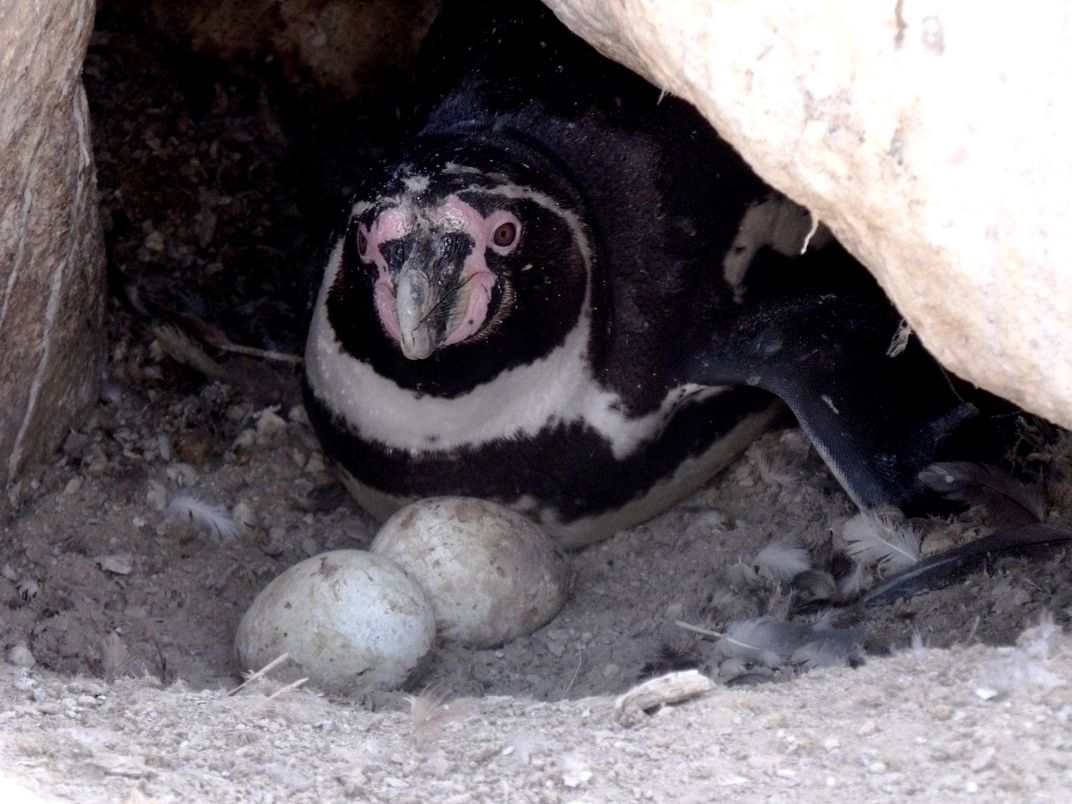
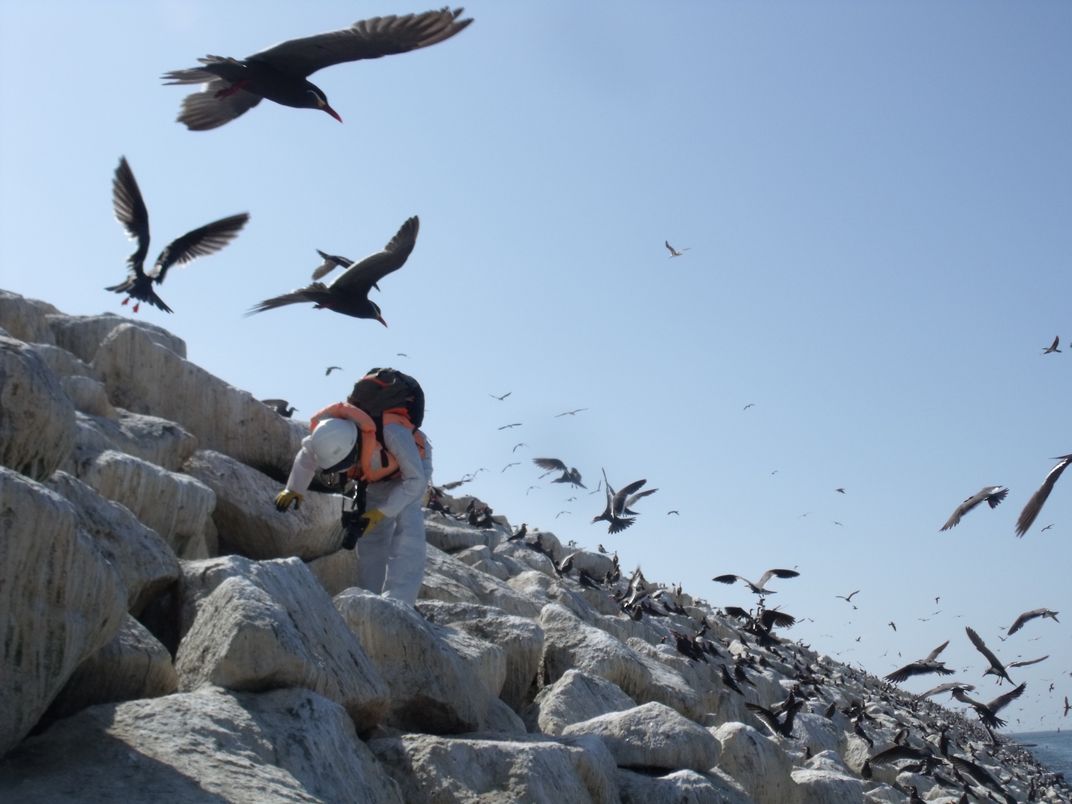
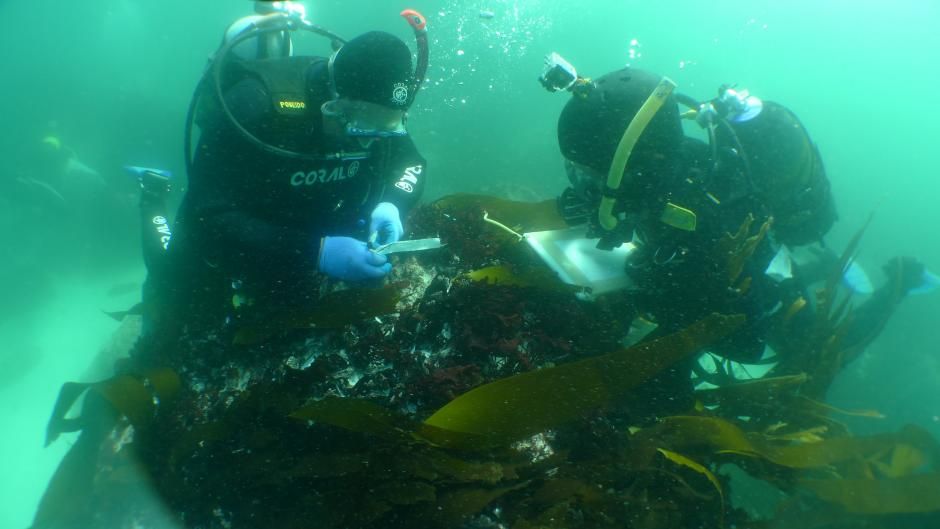
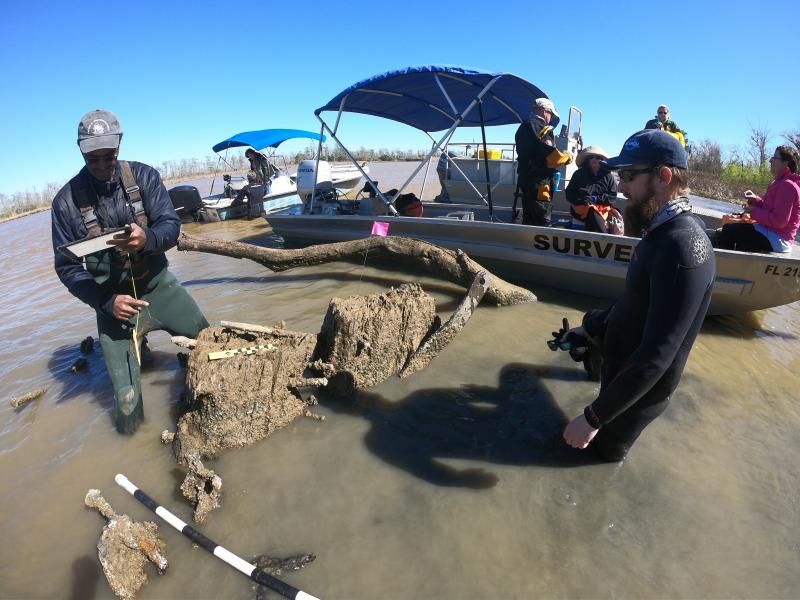
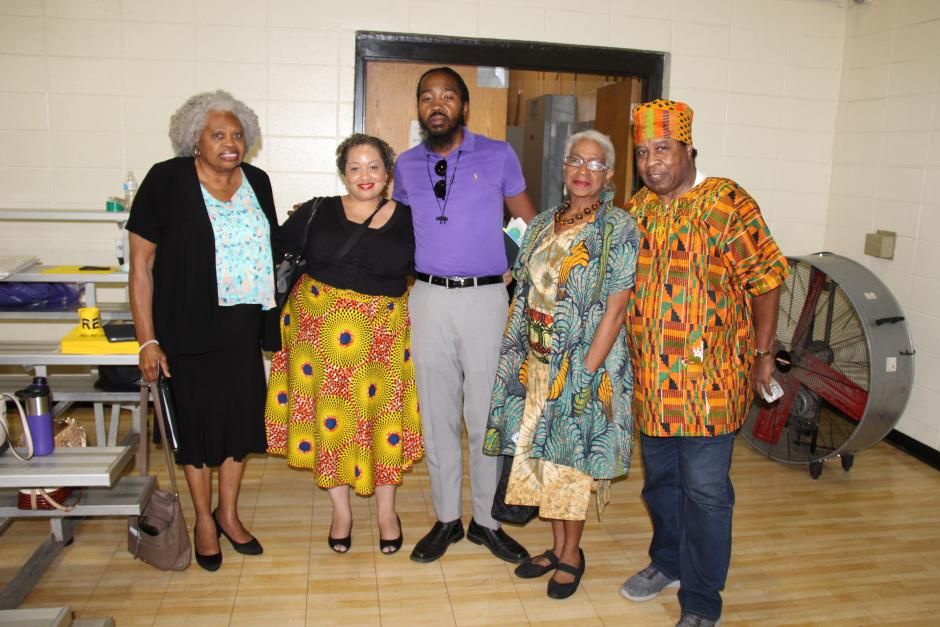
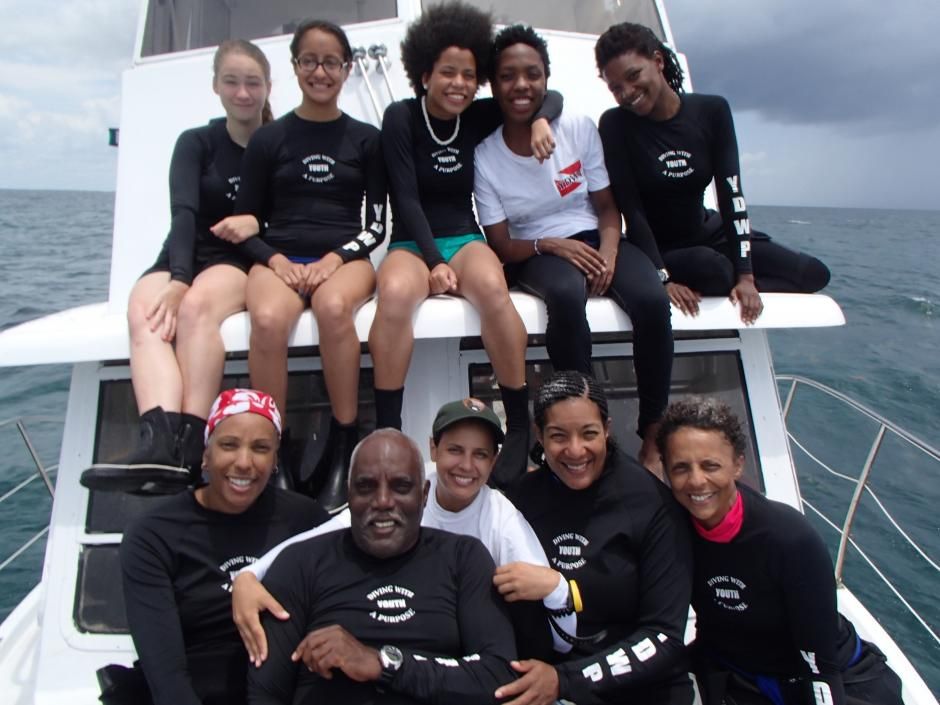
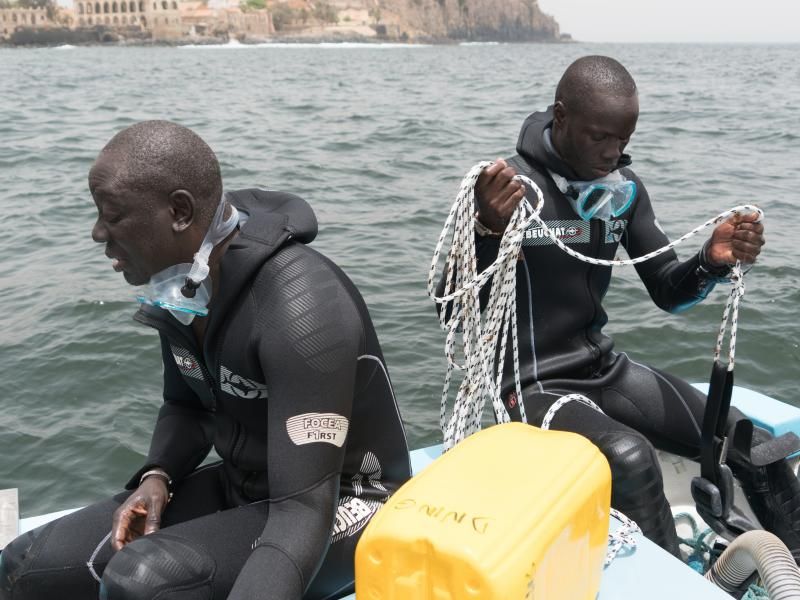
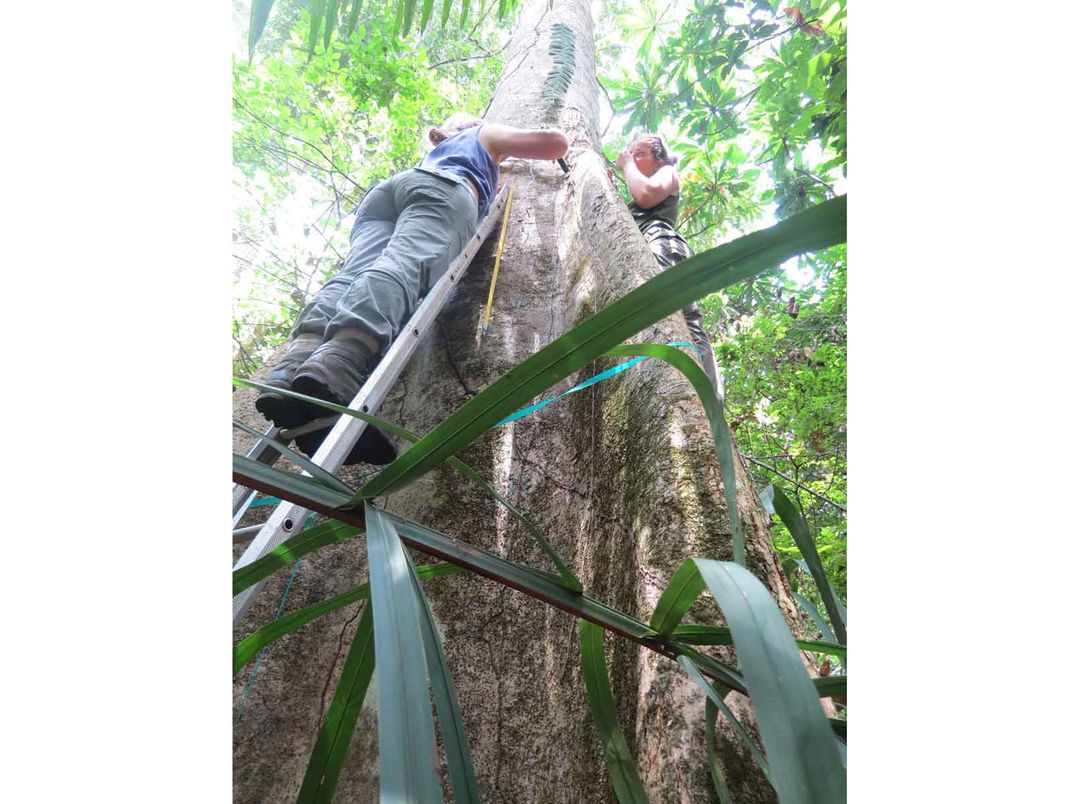
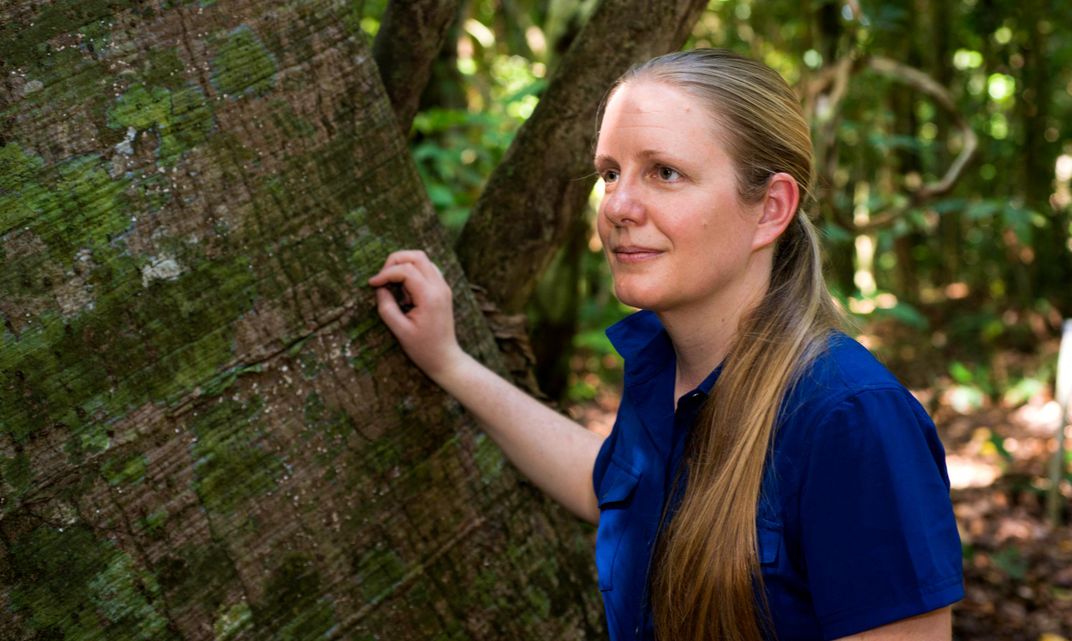
/https://tf-cmsv2-smithsonianmag-media.s3.amazonaws.com/accounts/headshot/Anne-Showalter.jpg)